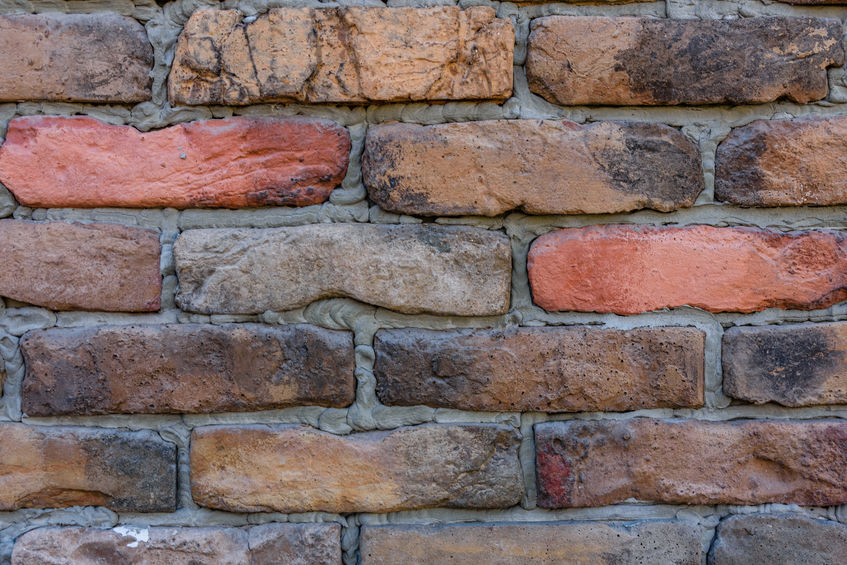What is Stone Masonry?
Stone masonry entails the use of stones bonded together with mortar for construction. This type of building is mostly used where stones are available in plenty. It is used in the construction of walls, plinth, foundations, and sand columns. Builders love stone masonry because it is quite strong and durable compared to other building materials like brick.
- Natural Bedding Planes Should be Horizontal

The first thing that the builder needs to understand is that sedimentary stones ought to be laid in such a way that their natural bedding panels are horizontal and not vertical.
- Stones Should Not be Laid Longer Than Their Long
Apart from the corners, builders should never lay a stone taller than it is long.
- Avoid Block and Running Joints
Builders should be careful with blocks and running joints. These should not be available only one stone or at least one side of the joint.
- Avoid Having Too Many Stones Above a Riser
A riser should not have many stones on top of it. In fact, they should be less than three stones.
- Ensure Risers are Evenly Distributed
Risers need to be properly distributed when building using stone masonry. Builders need to avoid grouping together like-sized stones.
- Avoid Using Same-Size Stones Together
Builders should not use more than two stones of the same size on top of each other.
- Avoid Lining Up Vertical Joints
Unless this is done by design, you should avoid lining up vertical joints in alternate courses.
- Ensure Risers Do Not Touch
Risers should not touch unless this is done at openings or corners.
- Horizontal Joints Should Not Run More Than Four Feet
Builders have to ensure that horizontal lines do not run more than four or five feet. The horizontals should be broken up between doors and windows.
- Have Substantial Bonding Lap
Builders should aim to offer enough bonding lap. It is recommended to have a third of the length of the stone being set to cross the joint between the stones below.
Other Things to Know About Stone Masonry
Apart from the aforementioned principles, it is good to note that stone masonry ought to be tough and durable. The pressure that acts on the stones should be in a vertical plane, plus the heads and stones should not have a dumbbell kind of shape. Builders need to follow the needed requirements to ensure the stones are properly dressed.
When doing stone masonry construction, the stones should be laid on the natural beds, they should be well seasoned, and should not have cracks or cavities. The joints need to be staggered and the stones used for construction should be wetted prior to use. Once the construction is done, stone masonry needs to be cured for about two weeks.
In addition to this, the hearting of the stone masonry should be well-packed with mortar and chips. It is important for the builder to prevent the presence of any hollows or thick mortar joints. The builder should also check the vertical faces using battered faces or plumb rule to ensure a constant batter. Additionally, portions of the masonry should be raised in a uniform manner. If it is possible, the stonework should be raked to ensure that the new stonework can be easily bonded together with the previous one. However, the stones should not be raised in the case whereby they have to carry tensile loading.
Stones are abundantly available in nature and they are one of the oldest construction materials used since time immemorial. Stone masonry entails the use of stone and mortar to build. This type of construction is used to build columns, walls, beams, arches, and many other parts of a building. To ensure that stone masonry construction goes according to plan, it is important for builders to follow certain guidelines. This article has given different guidelines that need to be followed. This information should help many builders out there. If you are a building or homeowner, you do not need to know about these principles and guidelines because your contractor or builder should already know about them, as long as they are qualified. It is therefore important to ensure you are working with qualified builders and contractors.
